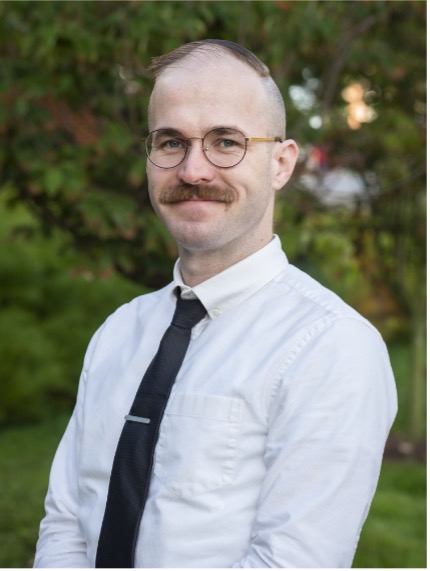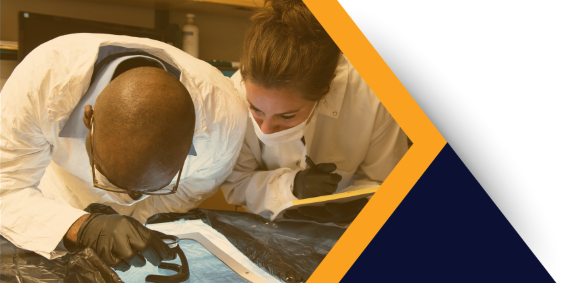Meet Dr. Kevin Olsson

Dr. Kevin Olsson
Advisor: Dr. Ronald Walsworth
Institution: University of Maryland
Bio: Kevin Somerville Olsson is a Postdoctoral Fellow at the University of Maryland’s Quantum Technology Center. He completed his B.S. at University of California, Santa Barbara, and Ph. D. at the University of Texas at Austin, both in physics. His research interests lie in understanding solid-state magnetic systems and developing measurement methods to elucidate these systems. His doctoral work focused on nonequilibrium spin and heat transport in magnetic conductors and insulators. Insight into these transport processes can be used to develop more energy efficient electronic and spintronic devices. Crucial to understanding spin and heat transport is the ability to separately measure the energy carrier temperatures, which Kevin was able to establish using combined inelastic light scattering techniques.
At the Quantum Technology Center, Kevin is working with nitrogen-vacancy (NV) centers in diamond. These atomic defects are sensitive to a variety of external stimuli, including magnetic fields and temperature. Due to their atomic nature and solid-state environment, NVs are particularly well suited for development as quantum sensors. Currently, Kevin’s work is concentrated on investigating high NV density diamonds for sensing applications robust to non-laboratory environments and low size, weight, and power (SWaP) conditions. Developing methods for these conditions is critical to improving NV based quantum sensing devices, enabling applications such as navigation without GPS.
Abstract: Nitrogen-vacancy centers in diamond (NVs) have emerged as a prominent platform for developing quantum technologies. Of these technologies, NVs are particularly well suited as quantum sensors in ambient environments. NVs are capable of sensing magnetic and electric fields, stress, and temperature with remarkably high sensitivity, all measured using optical initialization and read-out. This optical modality lends NVs to be broadly applicable to many types of sensing applications and well suited for development into quantum sensing devices.
The most promising NV based sensors are based on ensembles of NVs. The optical read-out method achieves state-of-the-art sensitivity by measuring many NVs simultaneously, statistically averaging the desired signal of the many NVs. By measuring large ensembles, NV based sensors can operate under low size, weight, and power (SWaP) conditions. Naively, one could increase sensitivity by creating diamond denser NV concentrations. However, this leads to a host of deleterious effects, including increased NV-NV interactions, all of which ultimately limit the sensitivity. Translating the high NV density diamonds into devices outside laboratory environments requires techniques to mitigate these effects.
The work here will focus on improving sensing techniques for NV-NV interaction limited ensembles. These sensing techniques must be robust non-laboratory environments and low SWaP constraints, as well. As material growth techniques continue to advance, overcoming the effects of NV-NV interactions is an ever-increasing need. Developing methods to address these effects will be a critical piece of improving NV based quantum sensing devices, enabling applications such as navigation without GPS.



